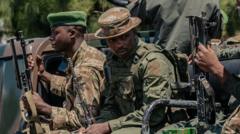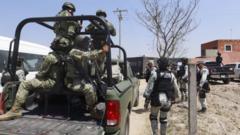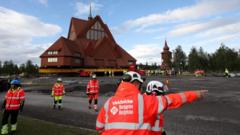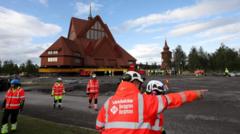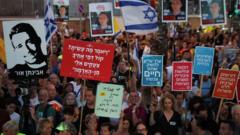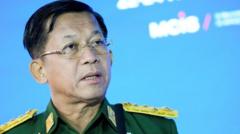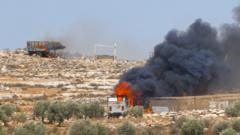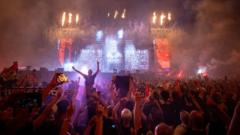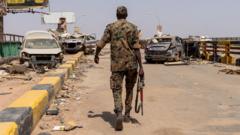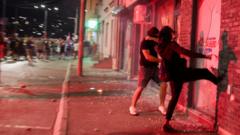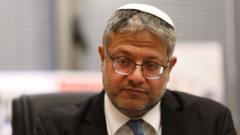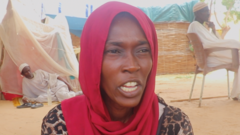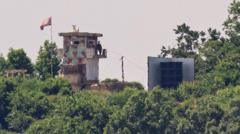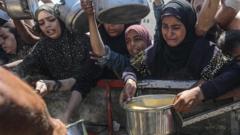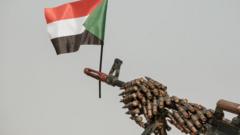The Druze, a historically significant community in Syria, face increasing dangers and insecurity as sectarian violence rises. Residents like Lama al-Hassanieh recount harrowing experiences of attacks and betrayal, reflecting a pervasive sense of distrust toward the state and society. With the post-war environment shifting towards Sunni dominance, many Druze fear for their future and demand accountability from a government that they feel has failed to protect them.
Druze Communities in Syria Fear Marginalization Amid Rising Sectarian Tensions
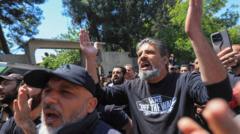
Druze Communities in Syria Fear Marginalization Amid Rising Sectarian Tensions
As sectarian violence escalates in post-war Syria, the Druze community grapples with threats to their safety and identity, highlighting a fragile existence in a changing political landscape.
In the shadow of escalating violence in Syria, the Druze community is voicing profound concerns about their safety and presence within the nation. On a harrowing day in April, Lama al-Hassanieh found herself trapped in her bathroom, fearing for her life as gunfire erupted in her neighborhood of Ashrafiyat Sahnaya, a suburb of Damascus. Armed individuals roamed the streets, shouting threats against Druze people. Surrounded by uncertainty, she is left questioning her safety and who might come to her aid.
The Druze, whose faith diverges from mainstream Islam, have navigated a delicate political landscape in Syria for decades. Under previous president Bashar al-Assad, many members of this minority group aligned with the regime, hoping such loyalty would shield them from the civil war's sectarian strife. In recent years, however, as Islamist factions gain influence, this apparent protection is quickly eroding, leaving the Druze vulnerable to increasing sectarian violence.
Recent events, including an incendiary false recording purportedly featuring a Druze leader, have exacerbated existing tensions. Following the release of the recording, violent clashes erupted across the country, culminating in a tragic sequence of incidents that left dozens dead, including civilians and government security personnel. The government claims its forces acted to restore order, yet the reality on the ground sparks fears of a shift towards a Sunni-majority governance that sidelines religious minorities.
Lama Zahereddine, a university student poised to graduate, described the chaos that overtook her village as students faced assaults merely for their identity. She articulated the anguish of having her academic pursuits interrupted when fleeing for safety, fearing her community’s disintegration amidst escalating violence.
The increasing skepticism surrounding the state's ability to protect the Druze compels many to take up arms in self-defense. Notably, volunteers like Hadi Abou Hassoun joined the fight to safeguard their communities, only to face brutal ambushes by armed groups. This calls into question the government's commitment to ensuring security for all Syrian citizens.
Despite clashes subsiding, the fragile atmosphere remains steeped in distrust. Druze citizens worry about outsiders infiltrating their neighborhoods during the war, complicating community relations and fostering suspicion. The region's aftermath echoes with appeals for equality and justice, with individuals like Lama al-Hassanieh asserting their identity as Syrians rather than a marginalized minority.
As the clouds of unrest continue to loom over Syria, the Druze community's plight reflects broader themes of survival and solidarity, raising critical questions about equity and protection in the face of adversity. The people seek reassurance from their government—a call for accountability that is still awaited.

